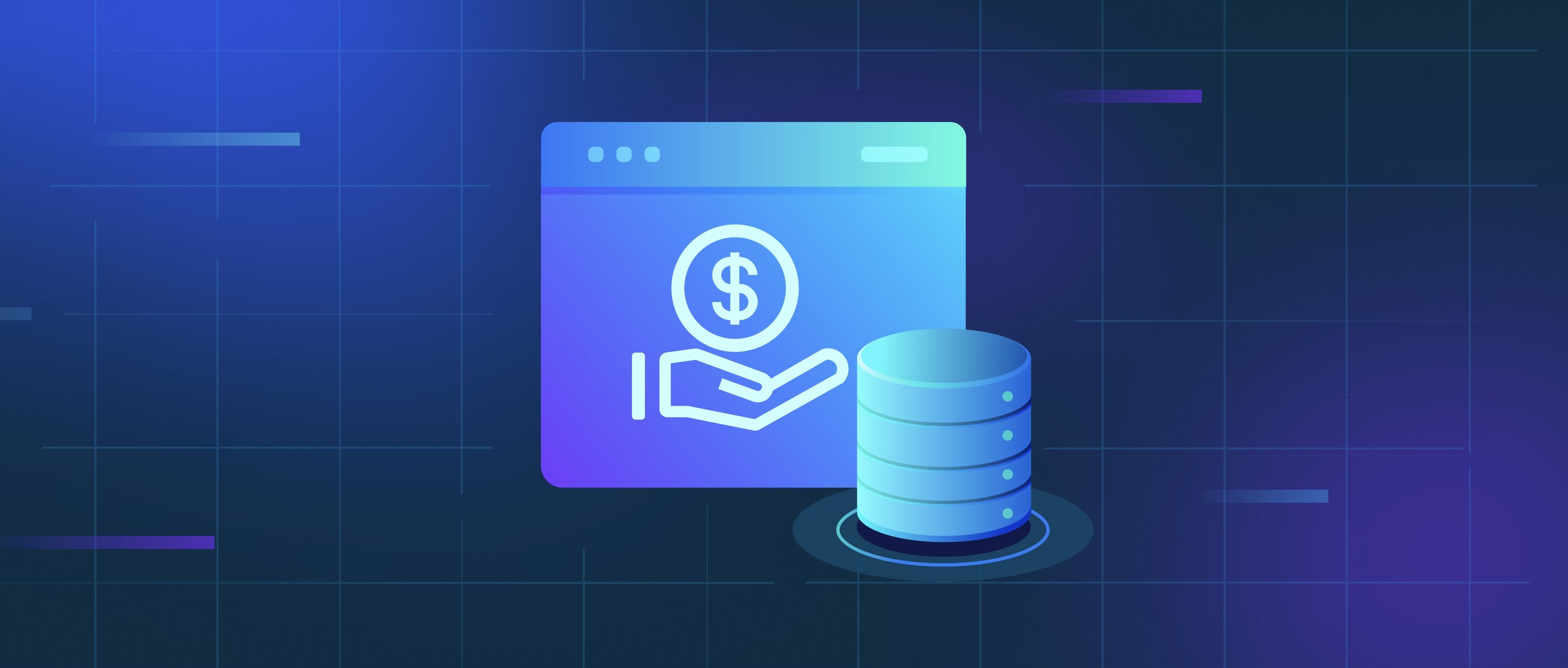To train vision-language models effectively, two main types of data are essential: visual data and textual data. Visual data can include images, videos, or any other form of visual content. This data serves as the input that the model will need to process and understand. For instance, images of objects, scenes, or activities can provide the visual context, while videos can illustrate dynamic interactions over time. On the other hand, textual data comprises descriptive captions or annotations that correspond to the visual content. These texts should explain what is happening in the images or videos, offering semantic meaning and context to the visuals for the model to learn from.
A practical example of the kind of data you might need involves using a dataset like COCO (Common Objects in Context). This dataset contains a variety of images alongside corresponding captions that describe the scenes and objects within them. In this case, the images provide visual input, while the captions serve as a textual reference that helps the model understand the relationship between images and language. Similarly, datasets that consist of question-and-answer pairs related to images can help train the model to answer specific queries about what it sees, enhancing its ability to comprehend and communicate information based on visual input.
Lastly, diversity is crucial when sourcing both visual and textual data. Data should cover various scenarios, contexts, and cultures to ensure that the model learns a broad understanding of how visual information relates to language across different situations. For example, training a model with images of food from different cuisines along with descriptions can enhance its understanding of food-related terminology in various cultural contexts. By leveraging varied datasets, developers can create vision-language models that accurately reflect the complexities of human visual and linguistic understanding, resulting in more robust and useful applications.
